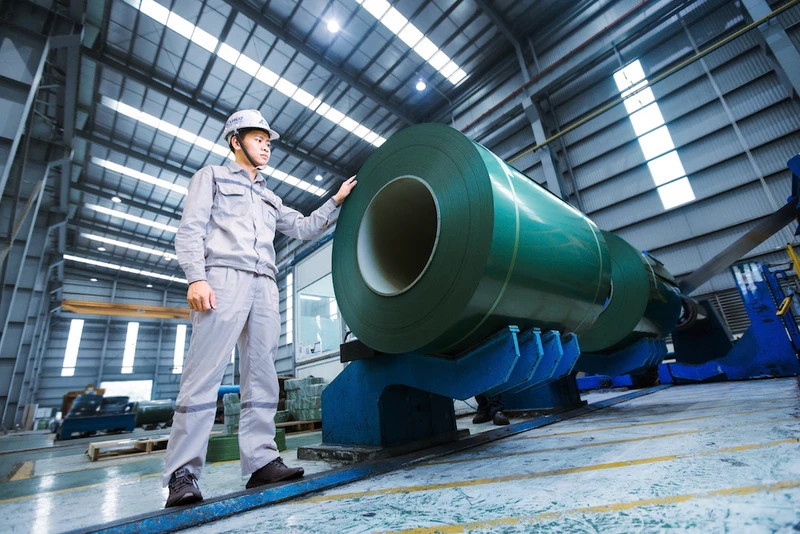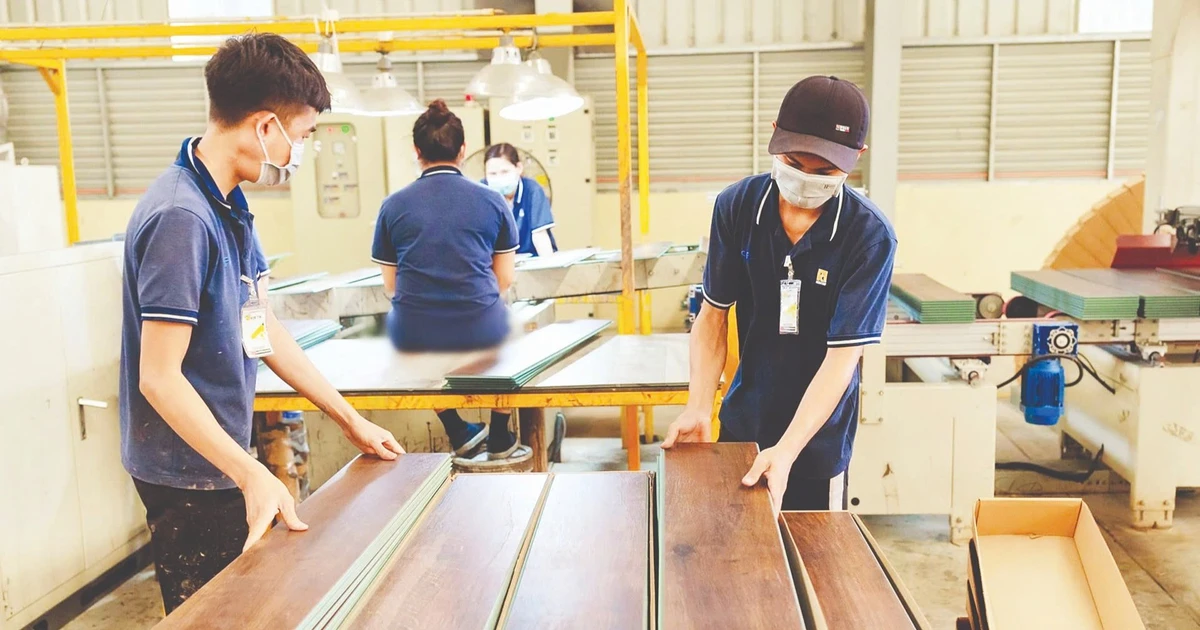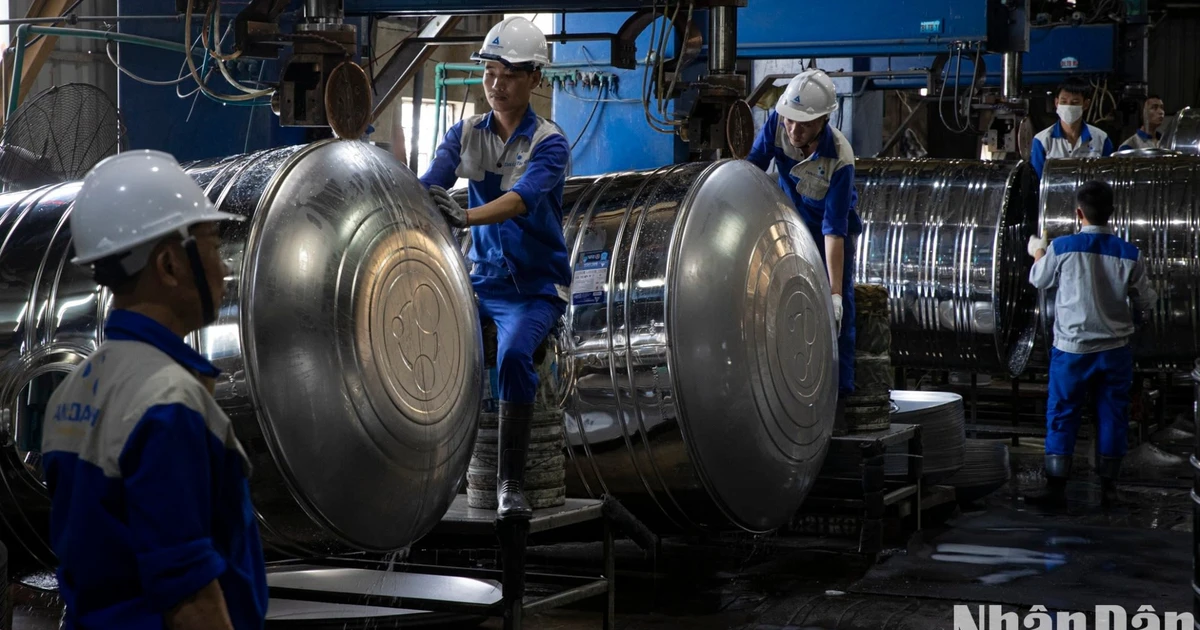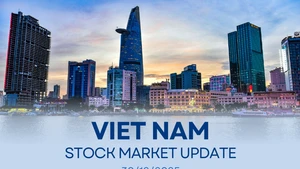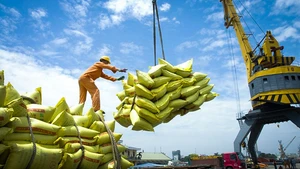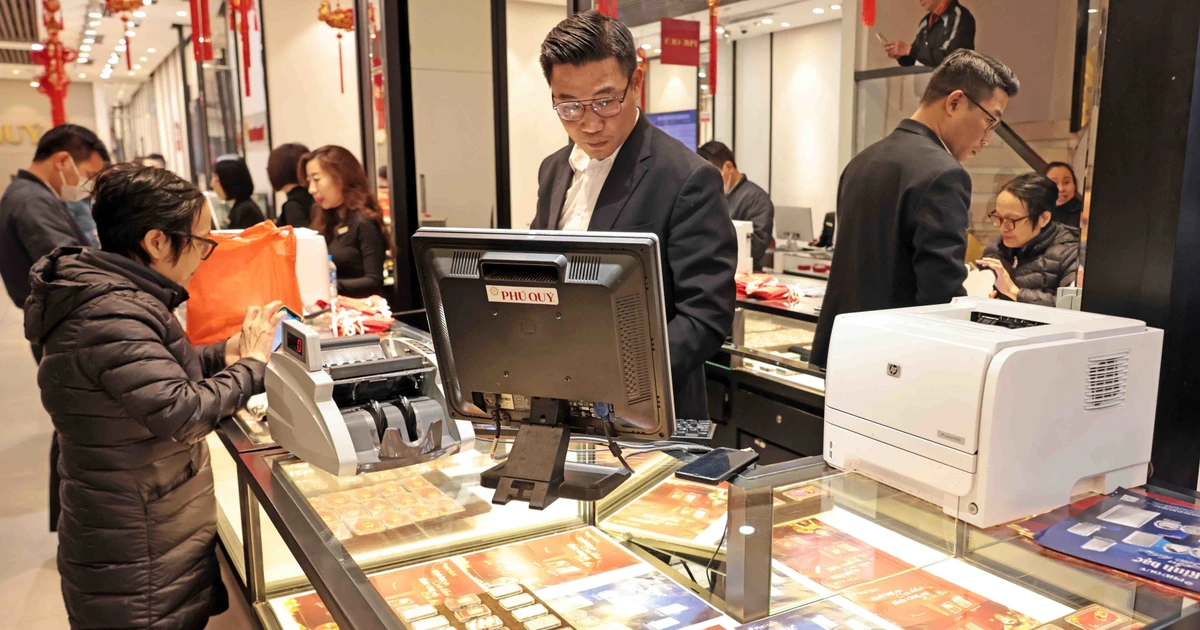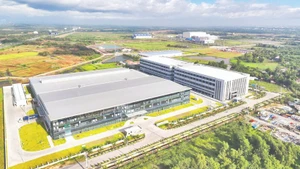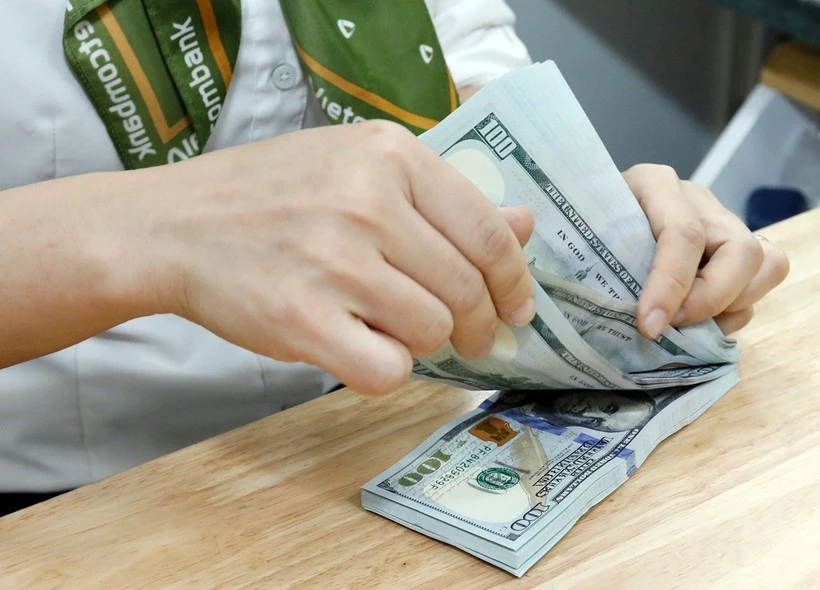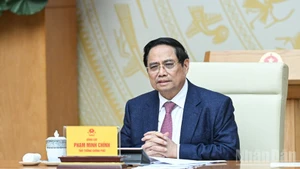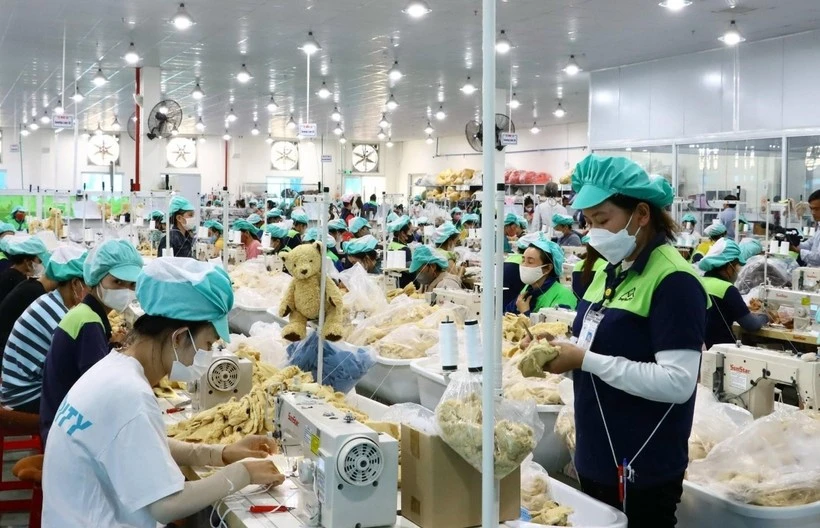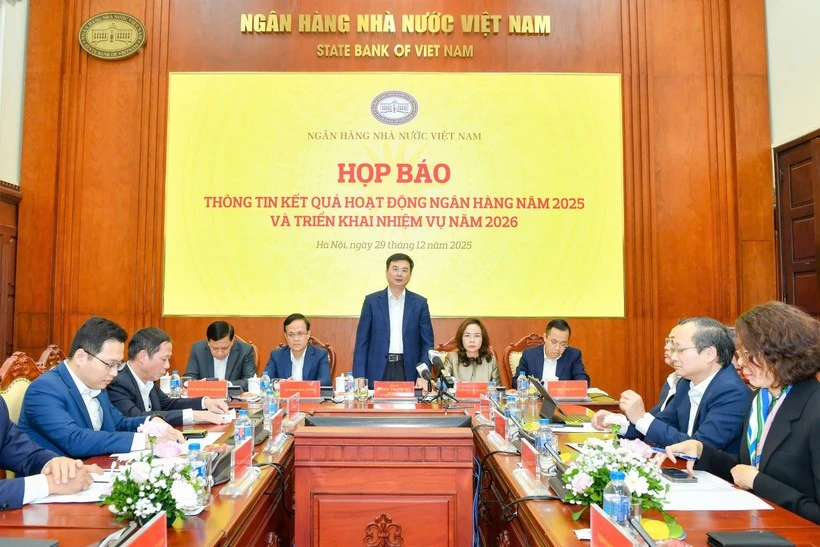Initially, VNSteel basically met the country’s steel demand, but due to limitations in technology, fragmented production scale, a lack of diversity in types, and quality that did not meet the requirements of other industries, Vietnamese steel gradually fell into a situation of supply shortage.
Imported steel products, especially from China, at one point dominated the domestic market, putting tremendous pressure on domestic steel. The change only began when Viet Nam opened its economy, encouraging the participation of the private economic sector, leading to the emergence of names like Hoa Phat, Hoa Sen, Viet Duc, etc.
These enterprises quickly seized the opportunity, not only expanding production scale but also investing heavily in modern technology, helping to bring high-quality and diverse products, from construction steel and hot-rolled coil (HRC) to alloy steel serving mechanical manufacturing and automobile production.
Therefore, the recent promulgation of Resolution No. 68-NQ/TW (dated May 4, 2025) by the Politburo on the development of the private economy is seen as a solid “anchor” for private steel enterprises to affirm their “leading” position in the process of national construction and the sustainable development of Viet Nam’s steel industry in the coming period.
Because, in reality, the role and position of this business sector are very important. From a situation where the steel industry was almost entirely dependent on imports (before 1990, the country’s total steel output only reached 100,000 tonnes), after the participation of private steel enterprises, Viet Nam’s steel industry now has a total output of all types reaching about 30 million tons.
Thanks to self-reliance, the domestic industrial production value chain has gradually become more complete, helping to optimise costs and increase profits for core economic sectors such as industry and construction.
In addition to meeting domestic demand, Vietnamese steel has also been exported to demanding markets such as the EU, the US, Canada, and Mexico, contributing to Viet Nam’s rise to 13th position in the world and leading ASEAN in steel production.
Despite many achievements, Viet Nam’s steel industry is currently facing more than a few difficulties... If it does not quickly find ways to transition to "green" production, innovate technology, increase production efficiency, resolutely eliminate small factories using outdated and energy-consuming equipment, as well as effectively control the origin of materials, Vietnamese steel risks falling behind and losing market share in important markets around the world.
Therefore, to overcome the above challenges, sustainable development and emission reduction are inevitable directions, in which private enterprises with financial potential, market experience, and the ability to access new technologies should be encouraged to play a pioneering role.
The state needs to have stronger support policies on capital, land, tax exemptions or reductions, or subsidies for clean technology, and support for trade remedies; and soon issue the “Strategy for the Development of Viet Nam’s Steel Industry to 2030, with a Vision to 2050” associated with specific policies, creating a “foundation” for private enterprises in the steel industry to break through and develop.
